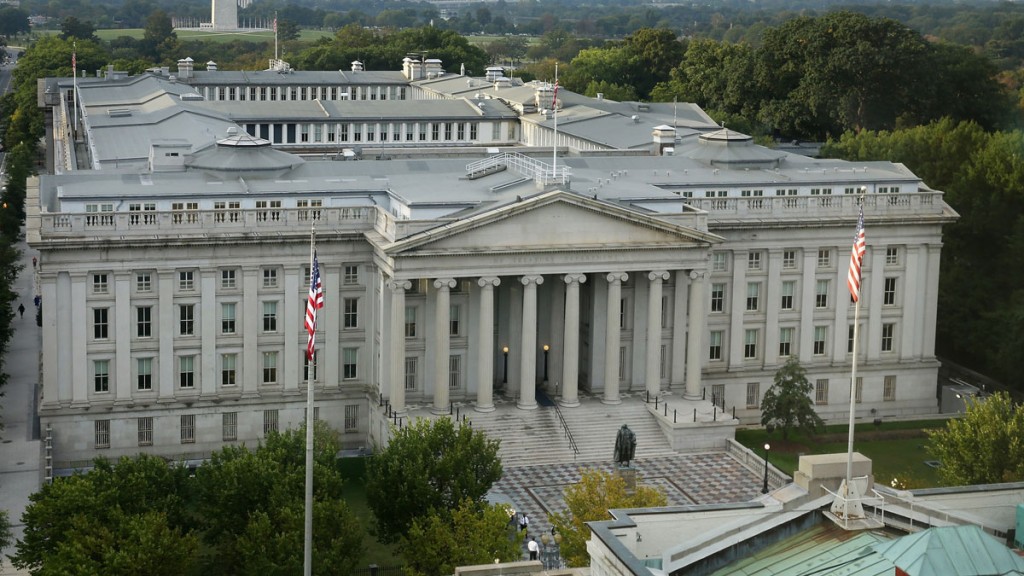
About ten years ago I wrote an article recommending that the US Treasury should issue zero-coupon perpetual bonds (bonds that would pay no interest and would never be redeemed) to reduce debt-service costs. This comment was published in The Wall Street Journal on 1 April 2006. A couple of readers wrote in complaining that a zero-coupon perpetual would have no value. I politely pointed out to them the date of publication. At the time, it seemed like a good joke. But much has happened since then, and monetary policy wonks are, in effect, seriously discussing the idea.
Ben Bernanke, the former chairman of the Federal Reserve, has suggested that the Bank of Japan, which has bought up close to half the outstanding Japanese government debt, should convert its bond holdings into zero-coupon perpetuals. The difference between a central bank owning zero-coupon perpetuals and conventional bonds is that the former cannot be sold to withdraw excess liquidity from the banking system.
That means the Bank of Japan would lose a key tool in controlling inflation. As inflation expectations rose, Japan’s decades-long battle against deflation would be over. There are further benefits to this proposal. In one fell swoop, Japan’s massive debt overhang would disappear. As the government’s debt service costs dried up, Tokyo would be able to fund massive public works, such as high-speed train lines and defence spending. The clear losers would be Japanese households holding cash and other nominal yen assets, who would see the real value of their savings evaporate as inflation took off.
Meanwhile, in his forthcoming book, The Curse of Cash, economist Kenneth Rogoff proposes abolishing the dollar bill – which, being an irredeemable non-interest bearing liability of the US Treasury, is technically a zero-coupon perpetual. This may sound strange. The $100 note costs a little over ten cents to manufacture. Roughly half of the $1.4trn of US dollar bills outstanding are held abroad. That represents hundreds of billions of dollars of pure profit for the federal government.
Yet getting rid of cash would prevent people from hoarding cash, and thus allow central bankers to push interest rates even deeper into negative territory. “The whole premise,” writes Rogoff, “of (significant) negative rates is to turbocharge the economy out of a deflationary recession.”
A cashless world with negative interest rates would look very different. Beggars would have to be provided with debit card readers (as is already the case in progressive Sweden). Cheques would lie around uncashed. People would hurry to file their taxes early and even overpay them. There would be no restraints on investment.
Of course, there are some minor drawbacks. The poor and disadvantaged, many of whom lack bank accounts, would have to be coerced into entering the world of electronic payments. Many of them would lose their livelihoods as much of the semi-licit underground economy disappeared. The government would have knowledge of every transaction in a person’s life, from the child’s first purchase of sweets onwards. A brave new world indeed.
Even in this era of unorthodox monetary policy and unprecedented state snooping, Rogoff’s proposal to abolish cash probably won’t fly. However, Bernanke’s plans have a depressing inevitability. What’s more, they’ll probably work. Revolutionary France created inflation and wiped out its national debt by issuing vast amounts of assignats, an earlier type of zero-coupon bond. Ten years ago, the notion that this type of finance would make a comeback was laughable. Today, it’s no joke.